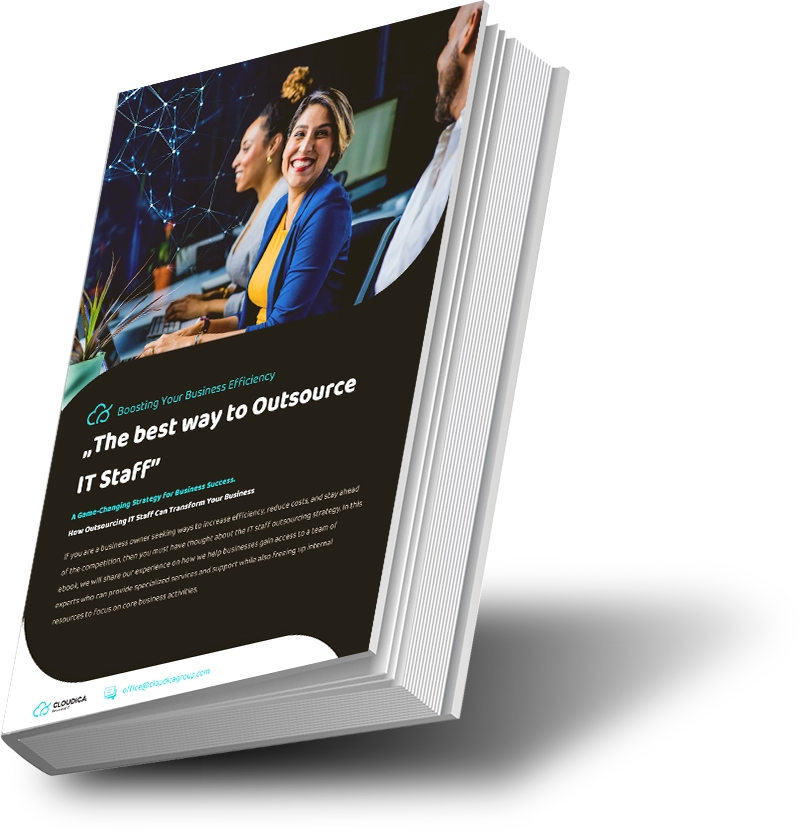Business potential in effective IT management

In the previous article from our “Effective IT Management” series, we identified areas where IT might need a boost. Now, let’s explore the compelling advantages that stem from investing in the right technologies and IT management practices. How IT investments support productivity, communication, cost savings and improve data security and competitiveness of the business? Let’s […]
Beyond the Breach: Healthcare data security in the face of rising cyber threats

A recent data security incident in one of the Polish medical laboratories was widely discussed among the media. The cyber attack on Alab Laboratories reminds us of the ever-growing threat cybercrime poses. Following that incident, I’d like to share my reflections and experiences on this ever-growing threat posed by cybercrime. Also, I would like […]

